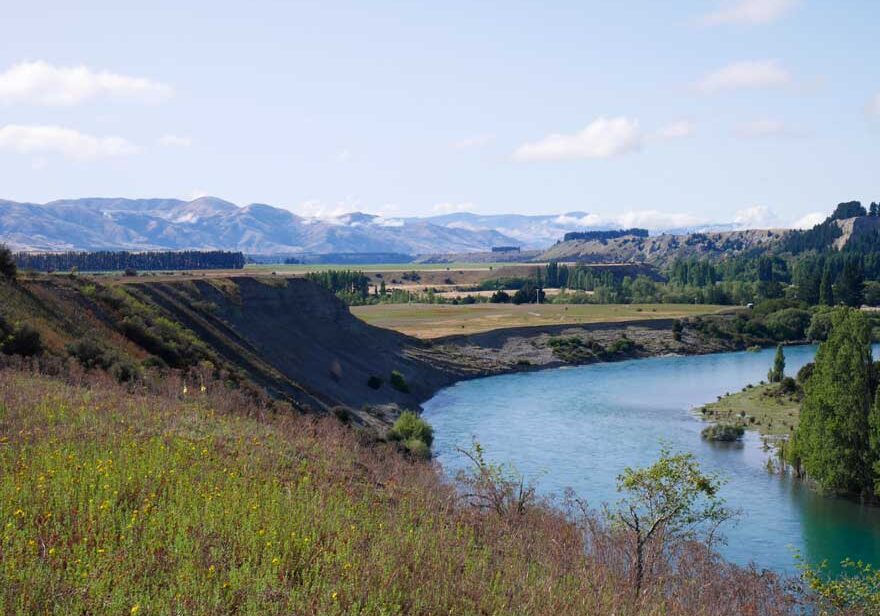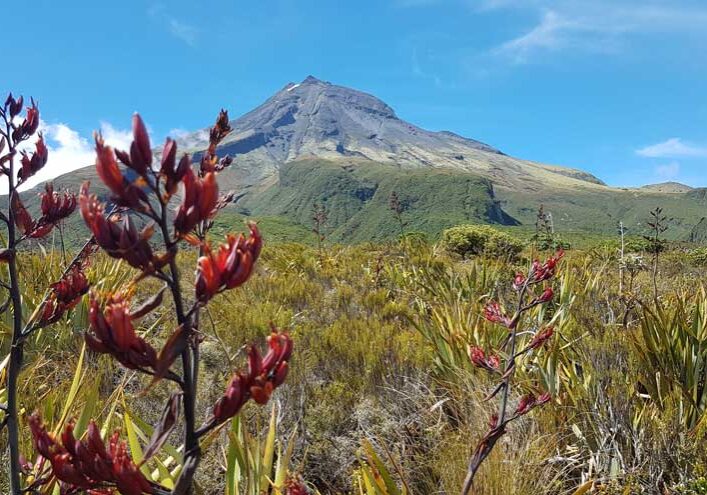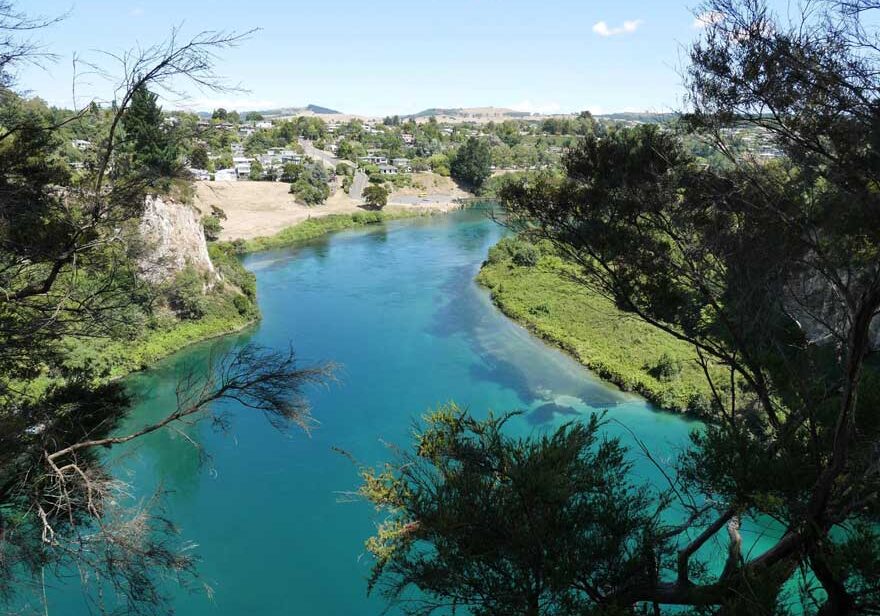Planetary geomorphology
Granite geomorphology
Professor Juan Ramon Vidal Romani1
1Instituto Universitario De Geologia. University of Coruña. Spain, Coruña, Spain
Granite rocks barely occupy 15% of the continental areas, or about 4.5% of all of the Earth’s surface. However, for more than two centuries the forms and landscapes that have developed on granites and granitoids have interested geologists, geographers, biologists, and geomorphologists. This then poses the question , if the rock landscapes, which are developed on granites, differ from those corresponding to other types of rock?. The latest advances inaugurated a novel way of interpreting the generation of granite landscapes, as a genetic sequence of forms developed utilizing the granite structure. Undoubtedly, it was very innovative the idea that these forms were not generated on the surface but rather, were generated successively during the ascension of magmatic rocks towards the Earth’s surface. Hence, the landforms, in this case of granite, have developed repeatedly over hundreds of millions of years due to plate tectonics. What is the genesis of the forms that give such a specific character to granite rock landscapes? Most authors have assumed that granite rock landscapes have been formed by weathering and rock erosion highlighting the importance of climate, and especially water or ice, in the final result. Until now the focus of all these works has been the Earth’s surface, but in recent years the exploration of planets and rocky satellites in the Solar System makes plausible to find granitic or granitoid forms on rocky planets where water and ice were important in the past. According to the idea this would explain that when we observe a rock landscape that has developed on granite, anywhere on the Earth where it is now located under any climate, we can find apparently identical forms, although they have developed under different climates.
Planetary Geomorphology
Dr Susan Conway1, Dr Alexander Morgan2, Dr. Lonneke Roelofs3, Dr. Marisa Palucis4
1Laboratoire De Planétologie Et Géosciences, Nantes, France, 2Planetary Science Institute, Tucson, United States, 3Utrecht University, Utrecht, The Netherlands, 4Dartmouth College, Hanover, United States
Planetary missions over the past decade have shown that while surface conditions on planetary bodies across the Solar System vary widely, their landscapes often mirror features found on Earth. Understanding how geophysical flows—such as wind, water, ice, and sediment transport—shape these landscapes is key to interpreting both current and past climatic conditions. This session welcomes abstracts on any aspect of planetary geomorphology, including but not restricted to: Earth analogues, laboratory experiments, numerical models, planetary comparison, mapping, in situ data or remote sensing studies. Studies are welcome that concern rocky or icy solid bodies of the Solar System as well as exoplanets. By bringing together researchers from both planetary science and Earth surface processes, this session aims to foster collaboration and deeper insights into how diverse environments, both on Earth and beyond, respond to physical forces.



